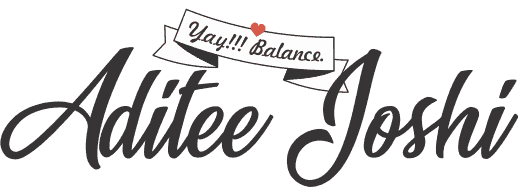It was while I was working with the Project Delivery team on enterprise-wide integration project, I used Trello tool. The scenario was such that we were coordinating with third-party vendors to facilitate this integration from the client side and our API development team was working remotely on this project. Every day, we were facing issues of
What is Trello?
Trello is a software tool that helps in bringing collaboration among different teams working on a project. The best part is its User Interface which looks like a board with cards on it. These cards can be categorized in different lists which are arranged in columns. I am going to take a live example of the integration project I mentioned above.
I prepared a board where the first column depicted user stories in the Product Backlog. Each card was given a title and a mention of team members for that user story was made inside it. Inside the card, there was a short description of the user story, mention of the team members and we utilized the list option to break down the tasks necessary for the shifting of the user story to the upcoming lists.

The upcoming lists were named Doing and Done. The cards were shifted from Product Backlog to the Doing list after the regular meetings. The cards in the segment had the list of tasks to be done. The Done list consisted of all the user stories where the data was received by respected teams and all the clarity was duly gathered.
Features inside the Cards depicting User story.

Above screenshot will help you in understanding the user story which was being currently worked upon by the developers. The feature “Members” allowed me to allocate this story to individuals. You can also add labels like Pending, Team details etc. to mark the status of the story. The checklist option on the right lets you split the user story into smaller action items. You can also add due date based on your project schedule.
Here, the user story is shown as Pending as the items mentioned in the checklist are still pending with one of the teams as the due date has already passed. The comments segment in the bottom allows the team to add status for tasks. You can use,”@” and mention member name to specify your requirement for a timely response.
This board also helped us to keep the clients informed on where exactly their involvement was crucial in case of delay from the ERP vendors. It also helped us to keep their confidence and resulted in faster response from both the teams. Comments section in each card prevented the communication gap which was addressed timely and did not turn into an escalation.
Rather than toggling through multiple email threads, I was able to track the pending action items just by looking at this
P.C. CloudApp



















